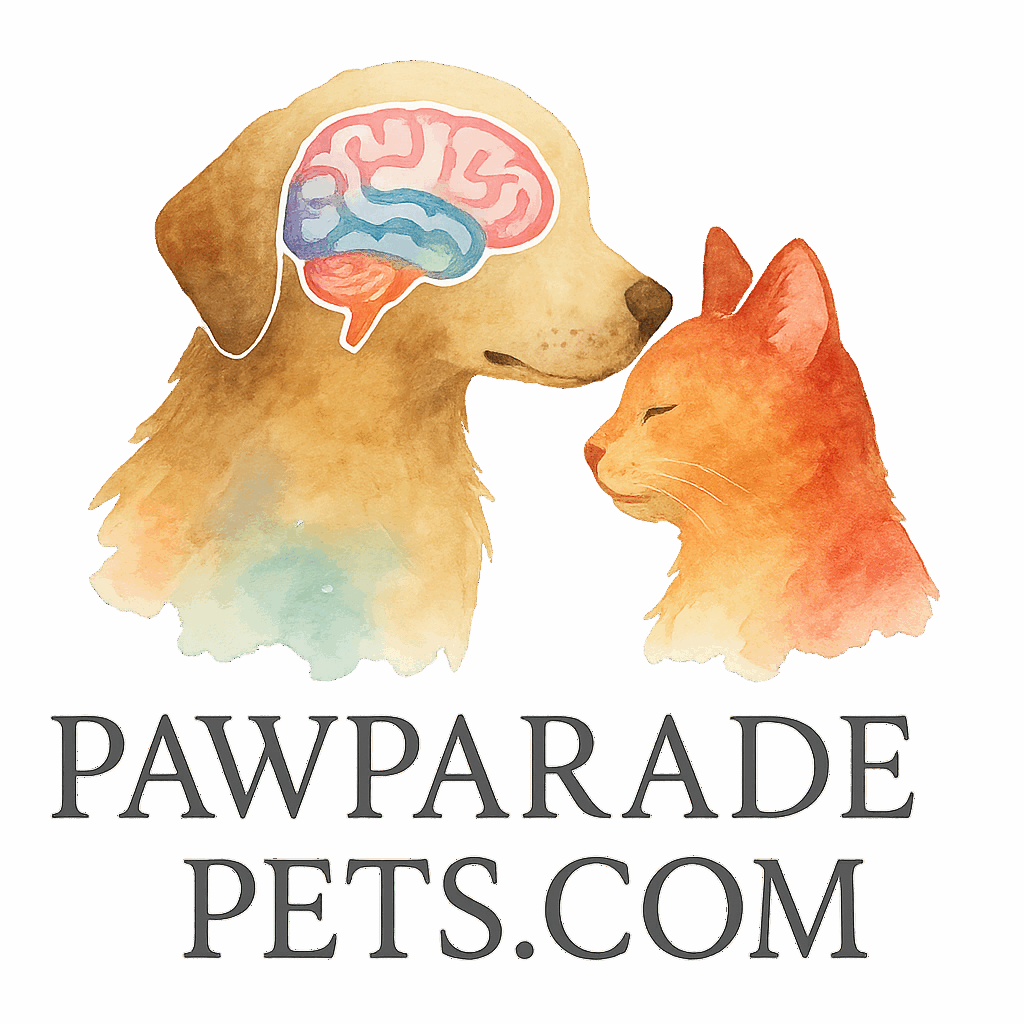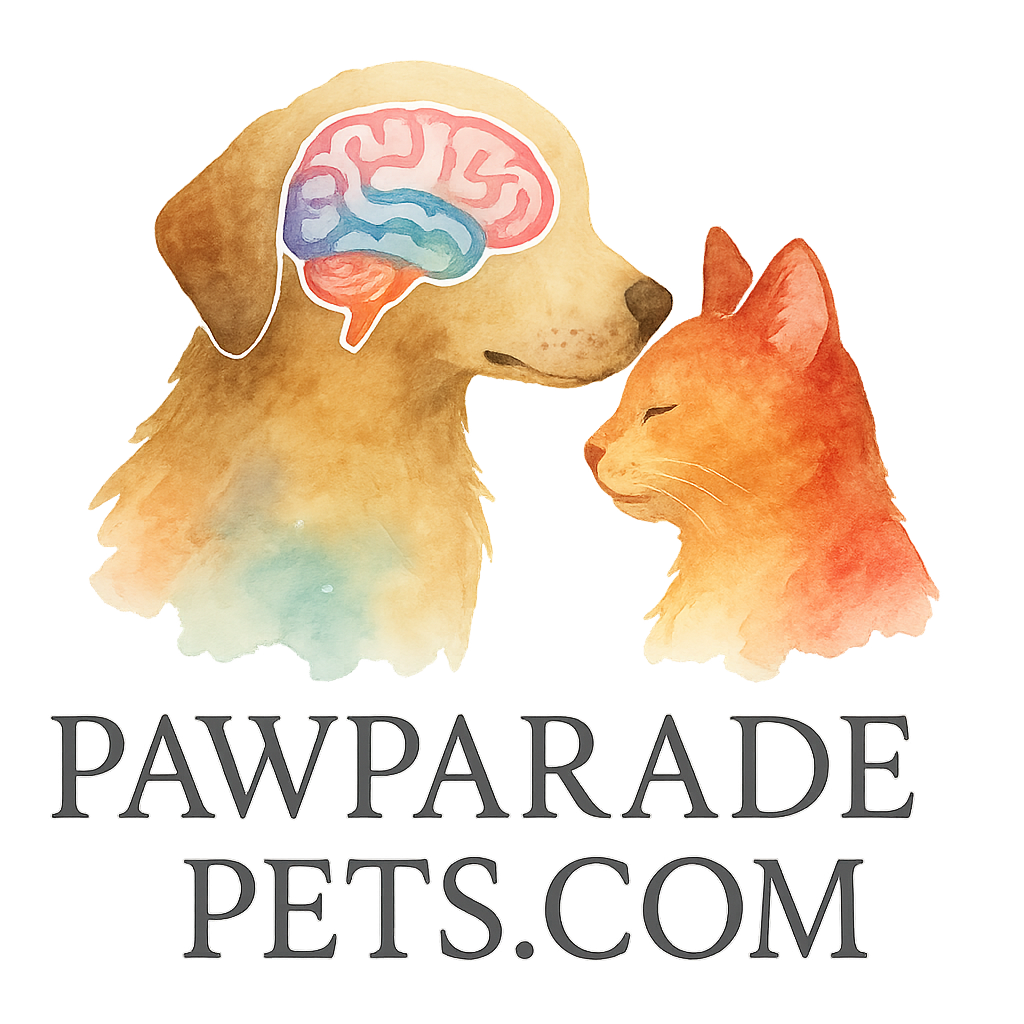Introduction
If you’ve ever noticed your pet getting into mischief when they’re bored, you already understand the importance of mental stimulation. Just like humans, pets need activities that challenge their brains and keep them sharp. That’s where brain training toys come in. These aren’t just fun distractions—they’re powerful tools that help your furry friend become smarter, calmer, and happier.
In this article, we’ll dive into the 10 best toys for brain training for pets, explore how to choose the right ones, and share tips on making the most out of playtime.
Why Brain Training for Pets Matters
Mental Stimulation vs. Physical Exercise
Sure, a walk around the block is essential for physical health, but it doesn’t fully engage your pet’s brain. Mental stimulation is like a workout for their mind. Brain training toys challenge pets to think, solve problems, and develop confidence.
Benefits of Brain Training Toys
- Reduces destructive behavior caused by boredom.
- Strengthens problem-solving skills.
- Enhances obedience and training retention.
- Builds a closer bond between pet and owner.
- Supports long-term cognitive health.
For a deeper dive into pet mental fitness, check out brain training basics.
How to Choose the Right Brain Training Toys
Safety First
Always prioritize durable materials that won’t break into sharp pieces. Avoid toys with choking hazards, especially for smaller pets.
Age and Breed Considerations
Puppies and senior pets have different needs. While puppies may thrive on energetic toys, older pets benefit from slower-paced challenges.
Matching Toys to Your Pet’s Personality
Is your pet a chewer, a sniffer, or a problem solver? Choosing toys that match their natural instincts will keep them more engaged.
10 Best Toys for Brain Training for Pets
1. Puzzle Feeders
These toys make your pet work for their food, combining mealtime with mental stimulation.
Why Puzzle Feeders Work
They tap into natural foraging instincts and keep pets focused. Instead of scarfing down dinner, your pet engages in a mini mental workout.
2. Interactive Ball Toys
These rolling wonders dispense treats or change direction, making pets chase and strategize. They’re excellent for high-energy breeds that love to stay on the move.
3. Treat-Dispensing Toys
Think of these as vending machines for pets. They release snacks only when pets solve a task, teaching persistence and patience.
4. Snuffle Mats
A snuffle mat is a textured play mat where you can hide kibble. Pets use their noses to sniff out hidden goodies, which taps into their natural hunting skills.
5. Tug Toys with a Twist
Tug-of-war is a classic, but modern versions come with hidden compartments or interactive features that add a brain-training element.

6. Squeaky Toys with Hidden Challenges
Not all squeaky toys are equal. Some come with puzzles, like removing squeaky parts from a larger toy, engaging both mind and body.
7. Smart Tech Gadgets for Pets
From treat-shooting cameras to app-controlled games, smart pet tech takes training to the next level. Explore more about pet gadgets.
8. Chew Toys with Mental Stimulation
Some chew toys double as puzzle toys, forcing pets to work their jaws and brains at the same time. Perfect for teething puppies.
9. Hide-and-Seek Plush Toys
These toys usually come with little stuffed characters hidden inside a larger plush. Pets have to “rescue” the smaller toys, mimicking real hunting instincts.
10. DIY Brain Training Toys
Don’t underestimate the power of homemade fun. Cardboard boxes, muffin tins with treats, or old towels can become amazing brain training games. See more fun ideas under games and activities.
Tips for Maximizing Brain Training Results
Incorporate Training Commands
Combine toys with obedience commands to reinforce learning. Visit behavior and obedience tips for more.
Rotate Toys for Engagement
Pets get bored quickly. Rotate their toys weekly to keep things fresh and challenging.
Balance Fun and Discipline
Brain training should be enjoyable, but also structured. Too much freedom with toys can cause overstimulation.
Common Mistakes Pet Owners Make
Overcomplicating Early Training
Start simple. Giving your pet the most complex toy right away may frustrate rather than stimulate them.
Ignoring Signs of Overstimulation
Panting, pacing, or disinterest may signal that your pet needs a break. Always monitor their reactions.
The Role of Brain Training in Pet Behavior
Reducing Anxiety and Boredom
Brain training toys keep pets occupied, reducing separation anxiety and destructive habits.
Building Obedience and Discipline
Structured play reinforces commands and helps pets respect boundaries. Learn more about advanced cognitive challenges.
Conclusion
Brain training toys aren’t just accessories—they’re investments in your pet’s happiness, intelligence, and health. Whether it’s a puzzle feeder, snuffle mat, or high-tech gadget, the right toy can transform your pet’s daily routine into an exciting learning adventure.
By combining toys with consistent training and engagement, you’ll help your pet grow into a smarter, calmer, and more obedient companion. Ready to explore more ideas? Head over to Paw Parade Pets for expert guides, tips, and product recommendations.
FAQs
1. What are the best toys for brain training for dogs?
Puzzle feeders, snuffle mats, and treat-dispensing toys are among the top choices for dogs.
2. Can cats benefit from brain training toys too?
Absolutely! Cats love interactive ball toys, snuffle mats, and hide-and-seek plush toys.
3. How often should I rotate my pet’s brain training toys?
Ideally once a week to maintain excitement and engagement.
4. Are brain training toys safe for puppies?
Yes, as long as you choose age-appropriate, chew-safe materials.
5. Do brain training toys help with obedience?
Yes, they reinforce commands and improve focus, making obedience training easier.
6. What’s the best DIY brain training toy?
A muffin tin filled with treats and covered with tennis balls is a simple, fun starter.
7. Can brain training reduce destructive chewing?
Yes, providing mental challenges reduces boredom-driven behaviors like chewing furniture.


